Biological arms races are commonplace in nature. Cheetahs, for example, have evolved a sleek body form that lends itself to rapid running, enabling them to feast upon similarly speedy gazelles, the fastest of which may evade predation.

|
Scooped by
BigField GEG Tech
onto Genetics - GEG Tech top picks June 10, 2022 3:11 AM
|





 Your new post is loading...
Your new post is loading...



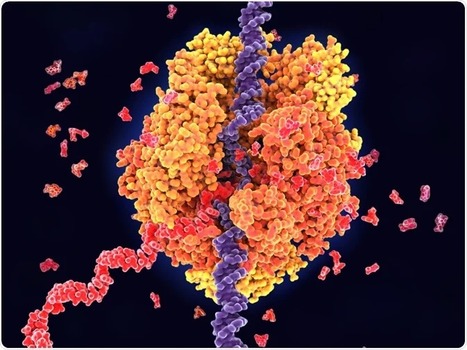

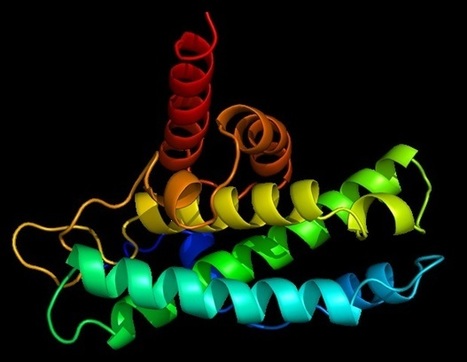









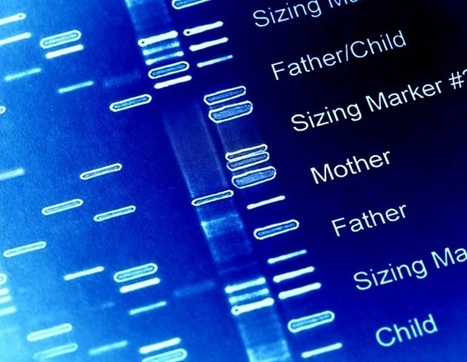

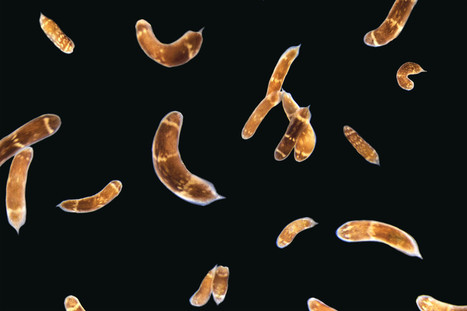
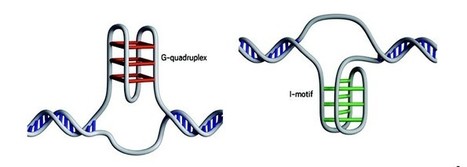

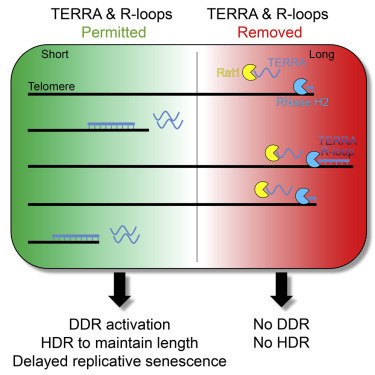





Researchers have found evidence of a two-way genomic arms race involving repetitive DNA segments called satellites. Although satellite DNA does not encode genes, it can contribute to essential biological functions, such as the formation of molecular machinery that processes and maintains chromosomes. When satellite repeats are not properly regulated, alterations can occur that are characteristic of cancer and infertility. For their study, the researchers found a fly species, Drosophila simulans, that lacks a satellite repeat that spans 11 million nucleotide base pairs found in its close relative, D. melanogaster. This satellite was known to occupy the same cellular location as a protein called Maternal Haploid (MH). The researchers also had access to a mutant strain of D. melanogaster lacking the 11 million base pair repeats. They then used CRISPR/Cas9 to delete the original MH gene from D. melanogaster. Compared to control females, female flies carrying the D. simulans MH gene had significantly reduced fertility, producing far fewer eggs. Flies that lacked MH completely, however, were unable to produce offspring. In the future, the team will look to see if segments of the genome beyond the satellites are involved and will look in other organisms to further their work.